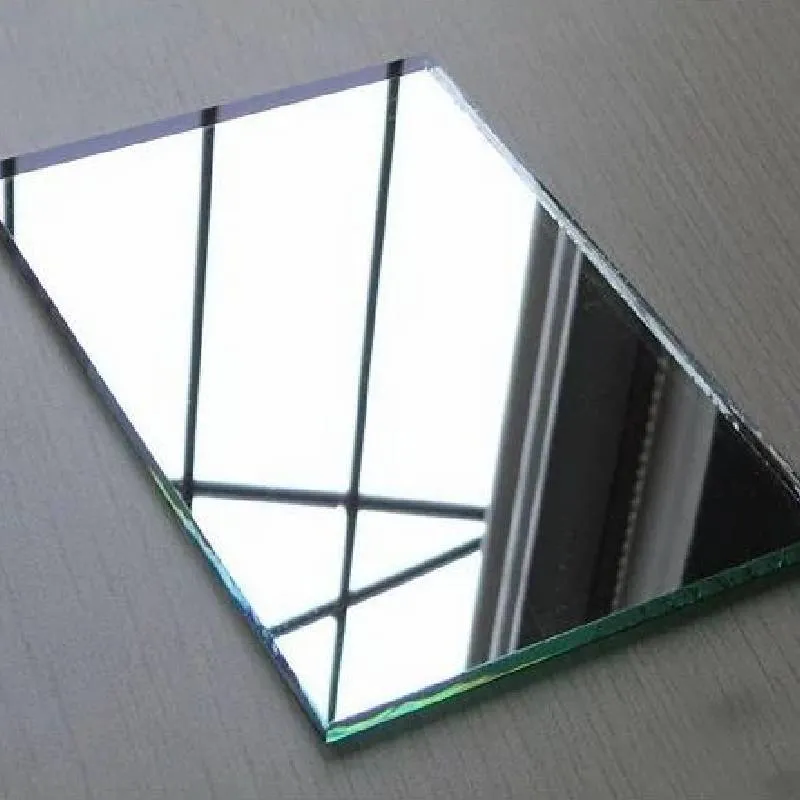

The Wonders of Translucent Mirror Glass
Translucent mirror glass, an innovative material that blends the properties of traditional mirrors and glass, has increasingly gained popularity in contemporary architecture and interior design. This unique material not only reflects light but also allows for the passage of light, making it an alluring choice for various applications.
At its core, translucent mirror glass is a type of glass that features a reflective coating on one side. This coating provides a mirror-like finish, while the other side remains transparent. The result is a piece of glass that can behave like a mirror when viewed from one angle and transmit light when viewed from another. This duality creates opportunities for both creativity and functionality in design.
One of the most significant advantages of translucent mirror glass is its ability to enhance natural lighting in a space. When incorporated into architecture, it can create bright, airy environments. For example, a room with limited natural light can utilize translucent mirror glass to reflect daylight from adjacent spaces or windows, thereby increasing the overall illumination without sacrificing privacy. In this way, designers can maximize the light in interiors, reducing the need for artificial lighting and promoting energy efficiency.
In addition to its light-enhancing attributes, translucent mirror glass also influences the aesthetics of a space. The surface creates intriguing visuals, adding depth and dimension. Its reflective quality can evoke a sense of expansiveness, making rooms feel larger than they are. When used in partition walls, for instance, it can divide spaces while maintaining an open feel. This is particularly beneficial in commercial settings like offices or retail environments, where maintaining a sense of connection between different areas is crucial.

Moreover, translucent mirror glass has practical applications in the realm of modern technology. It has been integrated into smart mirrors, which can display information such as time, weather, and personal notifications while still serving as a traditional mirror. This technology offers a seamless blend of functionality and style, catering to the demands of contemporary lifestyles where convenience is key.
The design possibilities with translucent mirror glass are virtually limitless. It can be used in various applications, from facade cladding of buildings to bathroom mirrors and decorative wall features. One notable example is its use in art installations, whereby artists leverage its reflective quality to create awe-inspiring experiences that manipulate light and perception. Such works challenge viewers to rethink their relationship with space and reflection.
However, as with any material, there are considerations to keep in mind when utilizing translucent mirror glass. The choice of coating, thickness, and treatment can influence the sustainability and longevity of the product. Designers must work with skilled craftsmen to ensure that the glass adheres to safety standards while achieving the desired aesthetic effects. It is also essential to note that while translucent mirror glass can offer privacy, it is not entirely opaque. Therefore, placement and orientation are crucial to preserving seclusion when and where it is necessary.
In conclusion, translucent mirror glass is more than just a stylistic component; it is a transformative element that can enhance the functionality and beauty of spaces. Its ability to reflect and transmit light redefines boundaries, creating versatile environments that are both practical and visually stunning. As architects and designers continue to explore its capabilities, we can expect to see even more innovative applications of this remarkable material in the future, shaping the way we interact with light and reflection in our daily lives. Through its harmonious blend of art and engineering, translucent mirror glass stands out as a captivating material poised to redefine modern design.